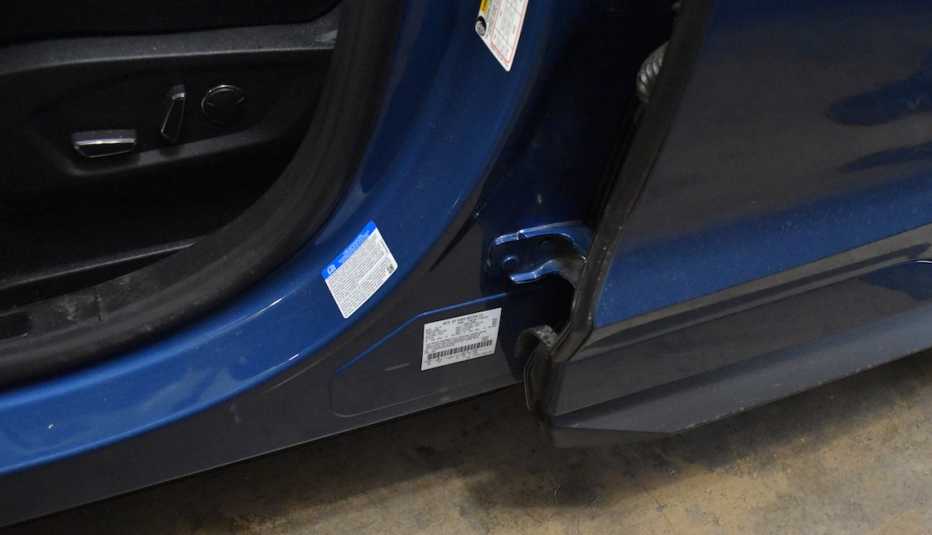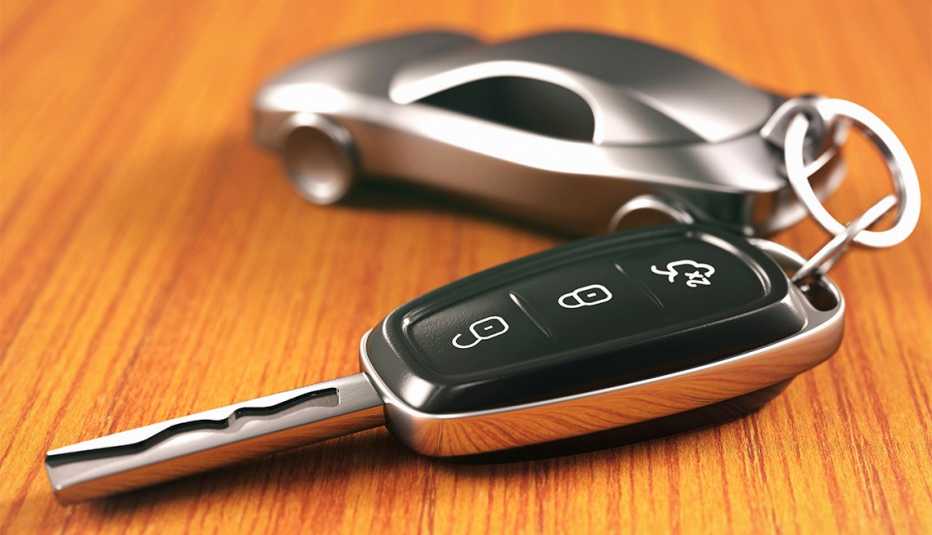AARP Hearing Center
Your car, still under warranty, has a gremlin.
The problem seems to happen often when you drive. But your dealer's service department can't find it, so the technicians can't fix it. You rue the day you bought this piece of junk and vow never to buy another of the same brand.
Wait. You might have an issue that, indeed, is hard to replicate but is real. It might be discussed in a technical service bulletin (TSB), which also can explain how to fix the problem.
Once the mysterious province of auto technicians and hard-core auto buffs, TSBs no longer are quite so secret — happily so, because these disclosures to auto mechanics could save you aggravation and, possibly, money.
As of mid-January, the National Highway Traffic Administration (NHTSA) now includes these bulletins, also known as manufacturer communications, free on its website, thanks to a lawsuit filed nearly four years earlier by the Center for Auto Safety, a nonprofit consumer advocacy group based in Washington. Congress had passed a law in 2012 requiring the federal government to post all of this information online, but it wasn't happening consistently.
An automaker will send one of these bulletins to its dealers to alert them to a common problem with a certain model and tell them how to fix it. A technical service bulletin is not a recall. Recalls apply only to safety- or emissions-related problems.
Federal law also requires that owners be notified of recalls and that the vehicles be fixed free as soon as possible. Recalls have no expiration date.
TSBs aren't recalls, can fly under radar
Vehicle manufacturers won't seek you out when they issue a TSB. If you're having trouble finding your specific issue in the government database, you can try the way owners in the know long have found such bulletins: an internet search.


1. Go to the National Highway Traffic Safety Administration website. Choose Recalls | Vehicle if you're on the home page.
2. Enter the year, make and model of your car, truck or van. Don't get too specific. Searching for a 2019 Ford Edge ST yields nothing, but eliminate the “ST” designation and you get 66 manufacturer communications, sorted into 15 categories.
3. Note exactly when your vehicle was made, which you can find from a sticker on the driver's door frame or door edge. You'll need that because some technical service bulletins are extremely specific on the dates of manufacture they cover.
"Google is your friend,” says Dave Cappert, a technical specialist at the National Institute for Automotive Service Excellence in Leesburg, Virginia. The organization tests and certifies that auto technicians are proficient in the areas cited on their certificates.
Some sites will show you only the summary that's at the top of a TSB, while the government website and others will provide the entire bulletin. Some charge for it; NHTSA does not. Often you can learn from just the summary whether the problem affects you and whether a remedy is available.
Many dealership service departments and nondealer shops are open during the coronavirus pandemic. A lot of people — health care workers, for example — still need to get to work, and many of them drive.
Needs aside, “cars don't decide to break when it's convenient,” says Alain Nana-Sinkam, vice president of strategic initiatives at the TrueCar vehicle shopping service.
You might want to put up with your car's glitch until the pandemic threat eases. If you do decide to act now, be sure the shop sanitizes your car after the work, so you don't hop into a coronavirus incubator when you fetch your newly fixed machine.
The coronavirus that causes COVID-19 can remain on some surfaces for several days, according to results of a study published in the New England Journal of Medicine and cited by the National Institutes of Health in mid-March.
In a perfect world — or even an imperfect one without the threat of COVID-19 — a good service shop would check your vehicle against a list of TSBs when you brought it in, just as it would for recalls.
But when you book the service appointment, you also can say something like, “The transmission is shifting roughly and clunking. Can you check for a bulletin on that and fix it while it's in the shop, please?"
It's OK to be more precise and say you found a service bulletin that seems relevant. Is it the latest and most appropriate one and has the remedy been applied yet?































































